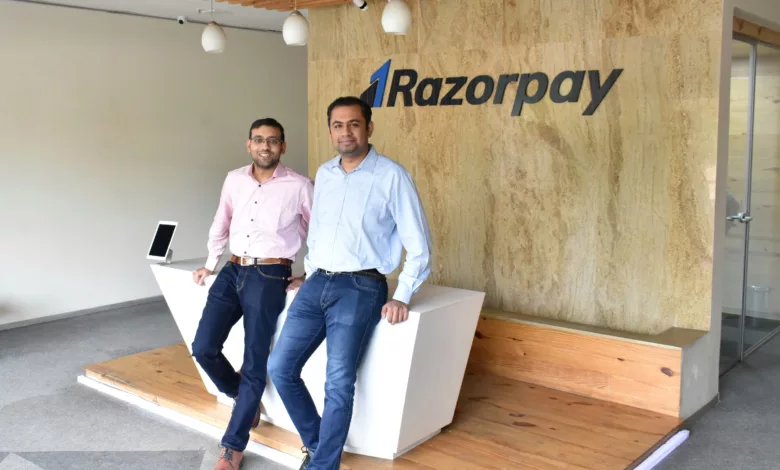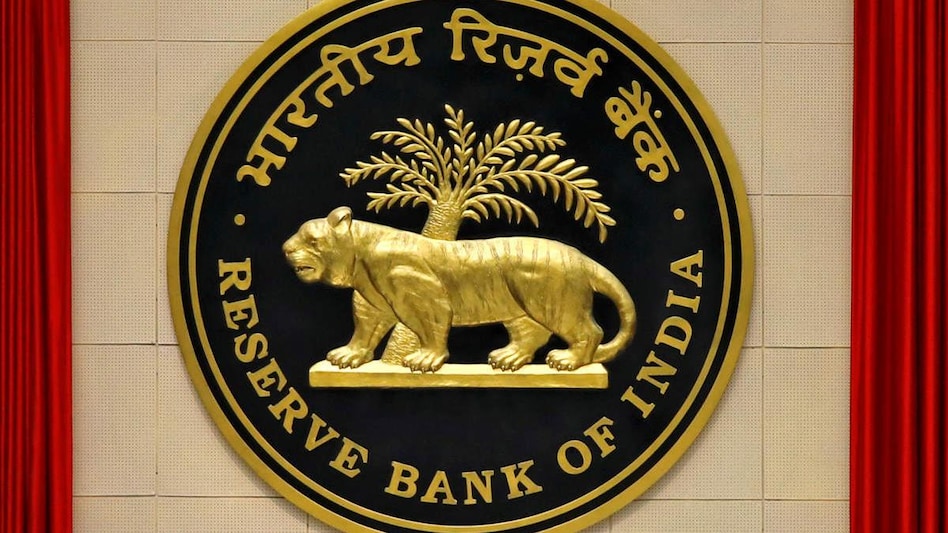Second Continuous Profitable Year For Razorpay With A 75% Growth Rate In Revenue.
Razorpay's total revenue increased by 75% to INR 1,485.7 crore from INR 844.6 crore, making it a unicorn in the financial industry.

Second Continuous Profitable Year For Razorpay With A 75% Growth Rate In Revenue.
In comparison to the last fiscal year, Razorpay’s total revenue increased by 75% to INR 1,485.7 crore from INR 844.6 crore, making it a unicorn in the financial industry.
Even though the company’s standalone profits in FY22 totaled INR 7.3 crore, up 18% from the year before, it has yet to report profits on a combined basis. Payment gateway commissions account for the majority of Razorpay’s income, followed by services for software development and maintenance, and marketing.
The growth and profitability were the results of the company’s strategic business program which understood the market and made a payment gateway for the people.
India’s Payment Gateway Infrastructure offers a sizable market that can be Exploited. The businesses involved in this sector need a strong system and process for logistics compliance and financial compliance at every stage. One of the top internet-based financial solution providers today, Razorpay is redefining the fintech industry with Groundbreaking technologies.
Indian startup Razorpay started as a project to address the matter of accepting payments online and has now developed into a comprehensive package for business owners wishing to launch their e-commerce operation.
The fintech company reported total expenses of INR 1,476.4 crore in FY22, a 76% rise from INR 838.94 crore in the last fiscal year. Razorpay spent INR 54 crore on marketing costs in FY22 compared to INR 31 crore on advertising promotion.
As Razorpay did not break down the INR 826.1 Cr in other miscellaneous charges, an important part of the costs was kept hidden. In FY21, this was 502.3 Cr INR.
While this was happening, employee benefit costs increased by 75% to INR 372.5 Cr from INR 212.9 Cr in FY21.
In FY22, Razorpay spent INR 86 Cr on marketing and advertising costs, an increase of 218.5% from INR 27 Cr in FY21. For every INR 1 Razorpay spent on marketing and advertising, it made 17.3 INR in operating revenue.
The EBITDA margin for Razorpay, though, decreased from 3% in FY21 to 2.62% in FY22.
.jpeg)
Razorpay focused on growing its product last year and acquired seven companies, including Curlec, a Malaysian recurring payments company, Izealiant, a Pune-based banking technology company, Ezetap, a POS payments solution provider, and PoshVine, a loyalty and rewards management company, four of which happened in FY22 alone.
In a very competitive market, Razorpay has managed to operate at levels that are effectively breakeven. As a result, it has become an integral element of India’s payments ecosystem. The company thinks that gives it notable leeway to increase earnings by Cutting Costs if necessary, even if it pursues a larger part of a developing market.
The expansion of the company’s banking services would be fascinating to follow given the possible higher margins they offer, even if the company hasn’t split down earnings between payment and banking services. Since it has a longer development and discovery runway thanks to the latter, it should be able to do so more quickly than the payment gateway sector.
Razorpay stated, the company was able to crystallize its emphasis on the main line of operations, continuing its expansion, making a Notable Improvement in its operation and financial performance, and is confident of attaining stronger outcomes in coming years.
Razorpay Capital and Razorpay X, its recently launched Loan and Neo-banking companies account for less than 10% of its total income and are currently in the red.
According to the company’s founders, the payment gateway section is profitable but the Loan and Neo-banking divisions are losing money. In its most recent round of investment, which took place in December 2021, Razorpay received backing from industry titans like Tiger Global, Sequoia Capital India, GIC, Lone Pine Capital, Alkeon Capital, and TCV. The company was valued at an astounding $7.5 billion.

Razorpay and 31 other companies have received in-principle permission from the RBI for licensing as payment aggregators. The fintech has been prohibited from adding new merchants, which could affect its profitability for FY23.
The business received an in-principle approval for its payment aggregator license in July of last year, making it one of the first fintech companies to do so.
Harshil Mathur, co-founder, and CEO of Razorpay stated that the business had enough funds on hand to apply for a public listing.
The payments operation is almost profitable. If the company were to simply go public as a payments company, it would be fairly prepared. But if it goes public as just a payments company, it will be doing damage to the vision it has, Mathur added.
Currently, the company is concentrating on enhancing its banking platform, Razorpay X, by including digital lending options for NBFCs and fintech and currency services for startups.

When its other operations, like Neo-banking through Razorpay X and lending through Razorpay Capital, achieve profitability, it would like to go public.
Mathur stated that the company will be able to integrate a lot of factors related to credit, banking, and now offline, and the platform’s synergies will be much greater. For them to go public, they want to spend the following two years getting them to a situation where they are also breaking even.
25% of its total revenue is already provided by Razorpay Capital and Razorpay X. According to a recent statement from the corporation, the revenue share for these items is estimated to increase to 40% in the next year.
Razorpay outperformed its annual gross transaction value (GTV) goal of $90 billion in 2022 with a value of $7.5 billion.
The company has experienced notable growth thanks to its laser-like concentration on developing startup solutions. Its current priorities are expanding its market share in India and establishing a foundation in the South Asian payments industry.
Razorpay made notable progress in 2017 when it got funding from the US startup capital firm Sequoia Capital.
It now belongs to the elite group of Indian Unicorn firms thanks to this funding. In December 2021, it completed a Series F round, raising $375 million. The company disclosed its fourth ESOP liquidity event, valued at $75 million, in May 2022.
PayU, Paytm, PayPal India, CCAvenue, BillDesk, Instamojo, and many other services compete fiercely with Razorpay. These businesses collaborate with many parties, fund initiatives, and introduce new products to enhance their market share. There are many small and large participants in the market, which is extremely concentrated.
edited and proofread by nikita sharma



